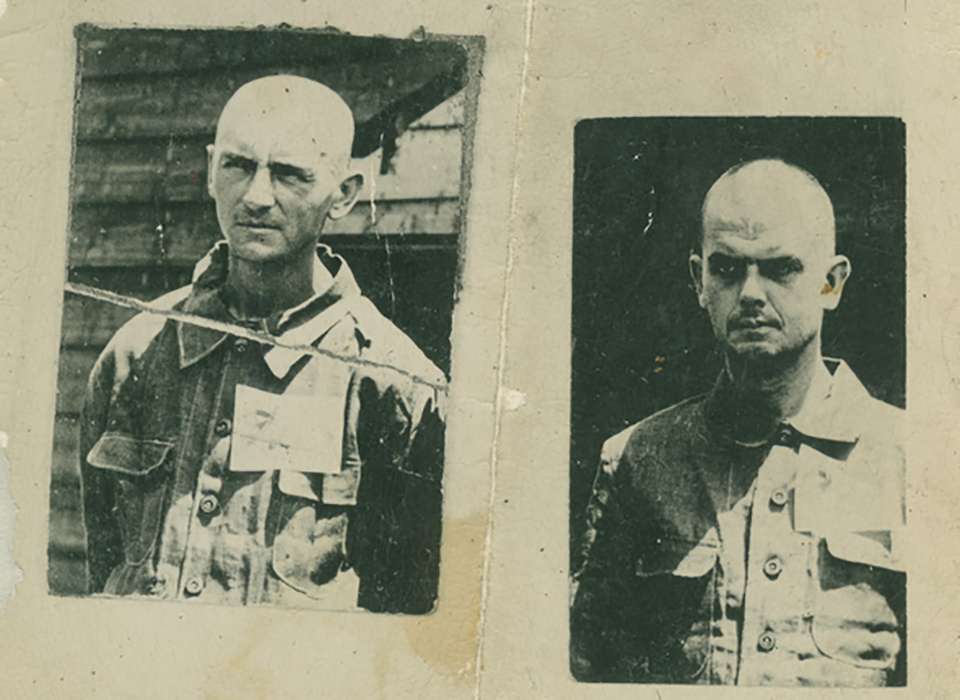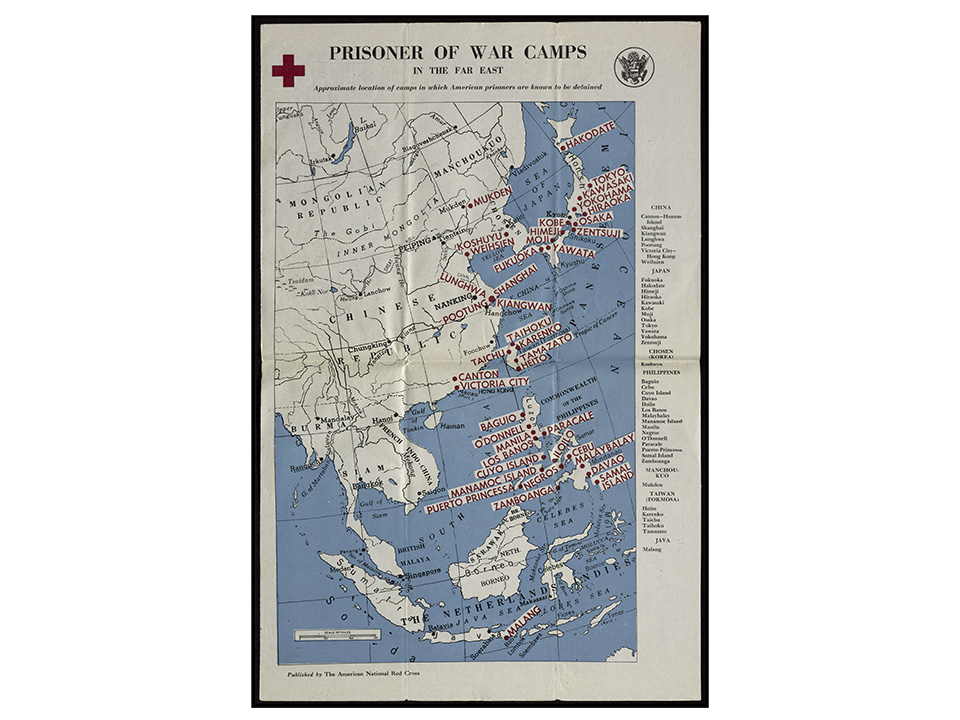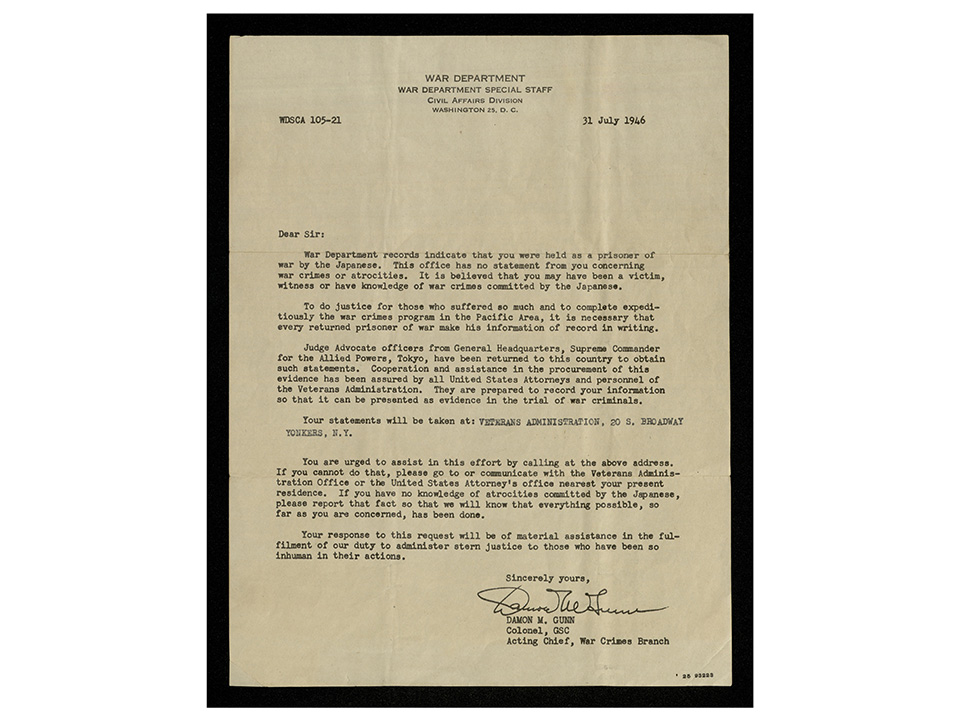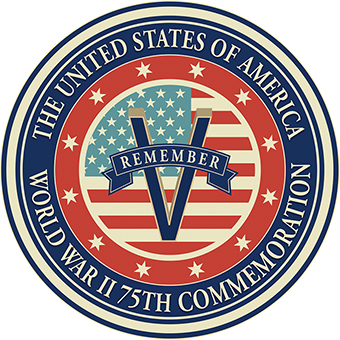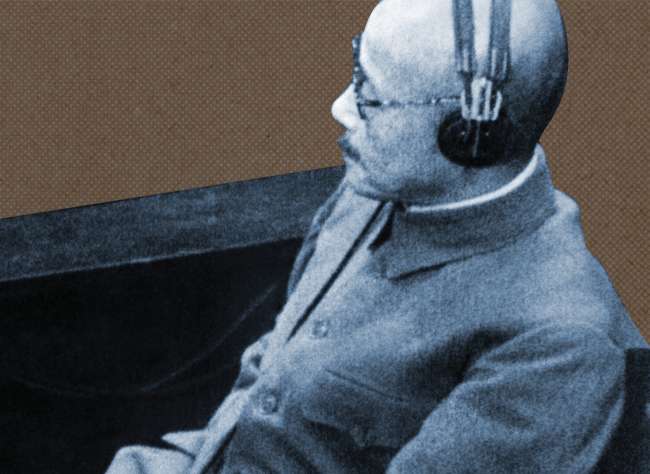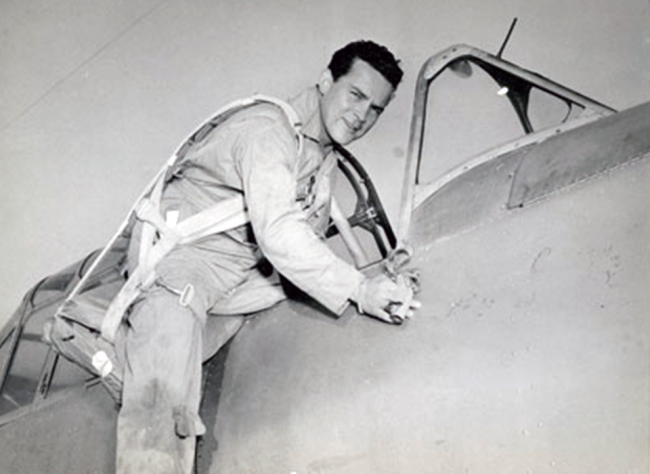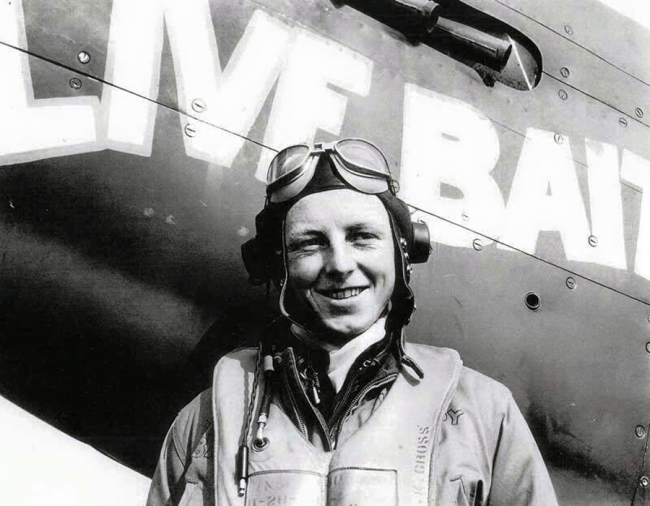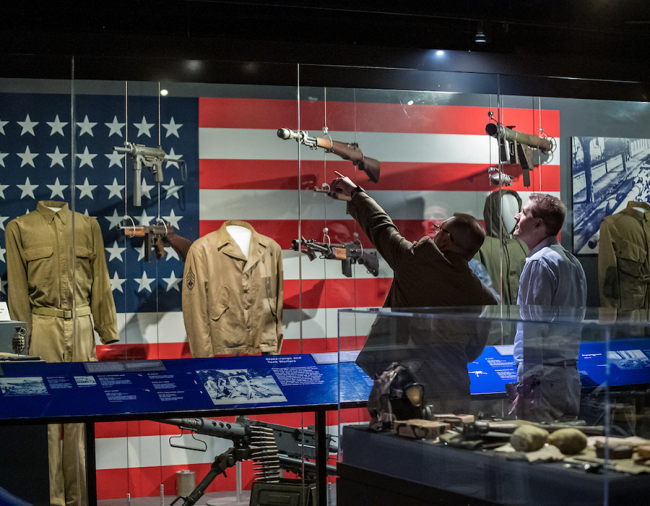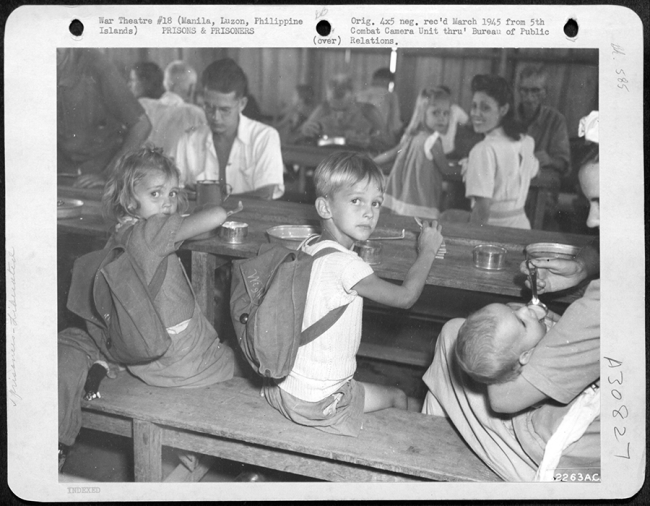From 1945-1949, a series of trials took place surrounding war crimes in the Pacific. Defendants in the A Class, policy makers like Hideki Tojo, were tried by the International Military Tribunal for the Far East (IMFTE) in Tokyo. All 25 of the A Class individuals were convicted and sentenced (7 to death, 16 to life). B and C Class trials were carried out by each Allied nation in the area where the crimes had been committed, judging those men who ordered atrocities, allowed them to happen, or committed them. Australia, China, France, the Netherlands, the Philippines, the United Kingdom, the Soviet Union, and the United States all convened separate trials. The initial list of B and C Class prospects was staggering with more than 300,000 prospects identified. In the end 5,700 were tried (some in lots of defendants) with 3,000 convicted and sentenced, out of which 920 were executed.
Crimes related to prisoners of war were a major focus of the trials in the Pacific, but there were many challenges in gathering testimony from the thousands of Allied former POWs who had survived. The Japanese government and military had destroyed massive amounts of records relating to POWs. At the war’s end, Allied forces did not even know how many Allied servicemen had been held captive, nor did they have a full accounting of the number and location of all of the POW camps throughout the Pacific. The War Crimes Office of the War Department, the Judge Advocate’s Office War Crimes Branch, and a War Crimes Investigation Detachment gathered documentation regarding many aspects of Japanese operations including mistreatment of civilians and POWs. This material included affidavits, statements, and depositions of former POWs forced to recount recent painful and traumatic memories.
Sgt. Peter Dzimba was one of the many Americans who was summoned to provide testimony for the prosecution of war crimes perpetrated by Japan. He was an aerial gunner for the HQ Squadron of the Far East Air Forces, stationed at Nichols Field in the Philippines. He was captured by the Japanese in Corregidor in May 1942 and was a POW until September 1945. Dzimba’s records are exceedingly confusing partially due to a clerical error. Dzimba’s real name was spelled “Dzamba,” but was misspelled when he enlisted. Because his military records were in the name “Dzimba,” he continued to use that spelling.
A great number of American former POWs provided testimony for the trials. Most of the testimony resulted from questioning by US forces immediately following liberation, but some statements were the result of later probing by the War Crimes Investigation Detachment. Although hundreds of former POWs, both military and civilian, were able to testify in person at the Tokyo trials, much of the witness testimony at the Class B and C trials took place through affidavits and sworn statements. One very practical reason for this is that the witnesses were largely still in very poor health, still recovering from the malnutrition, disease, and cruel treatment at the hands of the Japanese.
After Allied Victory in the Pacific, it took months for all of the Allied POWs to be located and safely transferred to hospitals around the world for treatment and rehabilitation. Some former POWs would spend years in Army hospitals recuperating. Even if witnesses had been healthy enough to withstand travel back to the Pacific to testify in court, the time and costs involved in transportation were significant. The number of potential witnesses was also staggering. Although the barriers to physical appearance of witnesses in the courtrooms were clear, the defense argued against allowing affidavits to stand in for witnesses, since the documents didn’t allow for cross examination or allow the defendant to face the accuser in court. Eventually these witness statements, affidavits, and reports were all allowed as evidence.
“The details of this chapter of American history can never adequately be covered, since some of the facts will, in all probability, never fully be disclosed and the stories of individual suffering and bravery would each make up a volume.”
- Report of The Provost Marshal General, Major General Archer l. Lurch, November 1945
In the decades after the trials, the effort to gather testimony and to document and examine the experiences of POWs in the Pacific continued. Beginning in 1948, a great number of former POWs took part in the War Claims Commission’s efforts to provide compensation to those who suffered in Japanese captivity. Questionnaires were sent out to thousands of POWs asking for information about numerous aspects of life as a POW under the Japanese, which were used to determine harm, disability, and trauma. They are also now incredible sources documenting life as a POW of the Japanese.
After his imprisonment during World War II, Peter Dzimba continued service in the Army. He was assigned a duty that was especially meaningful for him. From 1948 to 1950, he served as a member of an Escort Detachment for WWII dead. Again during the Korean War, he fulfilled this duty from 1951-1955. After 21 years of active duty, MSgt Peter Dzimba retired in 1977. He then took part in an extensive study at the VA in the Bronx, New York on long-term effects of POW captivity during World War II. In a medical history report for the VA, Dzimba detailed one of the worst experiences he had while a POW, when he was transported in a hell ship from Manila to Japan, packed inside the hold of this unmarked ship with 800 others; the trip which normally would have taken six days, took 30.
From 1942-1945, Dzimba was forced to work loading barges and in steel mills while sick and starving. Some of Dzimba’s recollections were summarized in a medical report from 1984: “Upon being liberated, patient recalls feeling frightened of returning to the states. He had been gone 7 years. He had scavies [sic] and was itching all over. He stopped at 2 bars before going home…” Prior to the war, Dzimba had worked as a caddie, assisting golfers at the Dunwoodie Club in New York. The medical report also mentioned “He finds that even now, 40 years later, when playing a game of golf, he remembers a certain Japanese officer with a bamboo stick beating up someone.”
Peter Dzimba passed away on April 30, 1991. The collection of documents and photographs related to Dzimba’s time as a POW is part of the Museum’s growing collection of POW material used to preserve, research, and interpret the experiences of American prisoners of war during World War II.
This article is part of a series commemorating the 75th anniversary of the end of World War II made possible by the Department of Defense.
Kim Guise
Kimberly Guise holds a BA in German and Judaic Studies from the University of Massachusetts Amherst. She also studied at the Universität Freiburg in Germany and holds a masters in Library and Information Science (MLIS) from Louisiana State University. Kim is fluent in German, reads Yiddish, and specializes in the American prisoner-of-war experience in World War II.
Cite this article:
MLA Citation:
APA Citation:
Chicago Style Citation:
